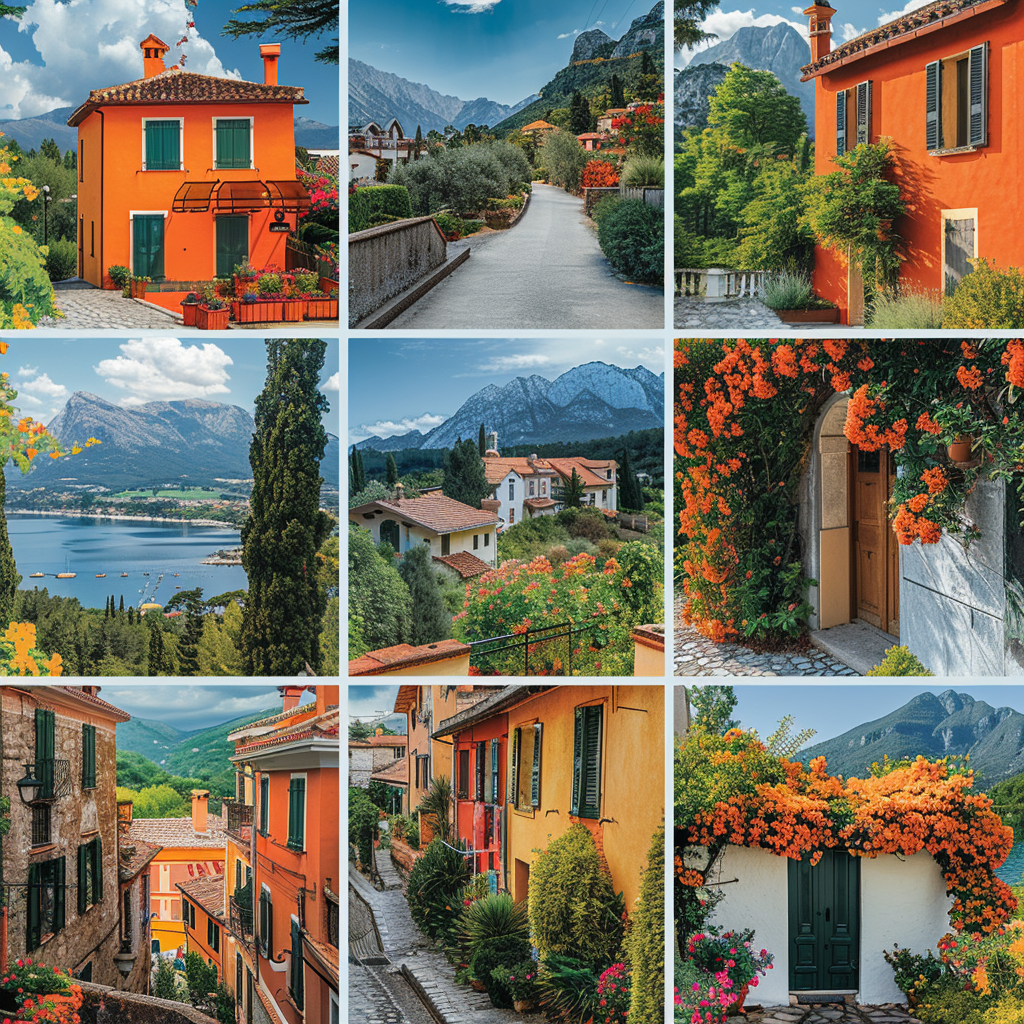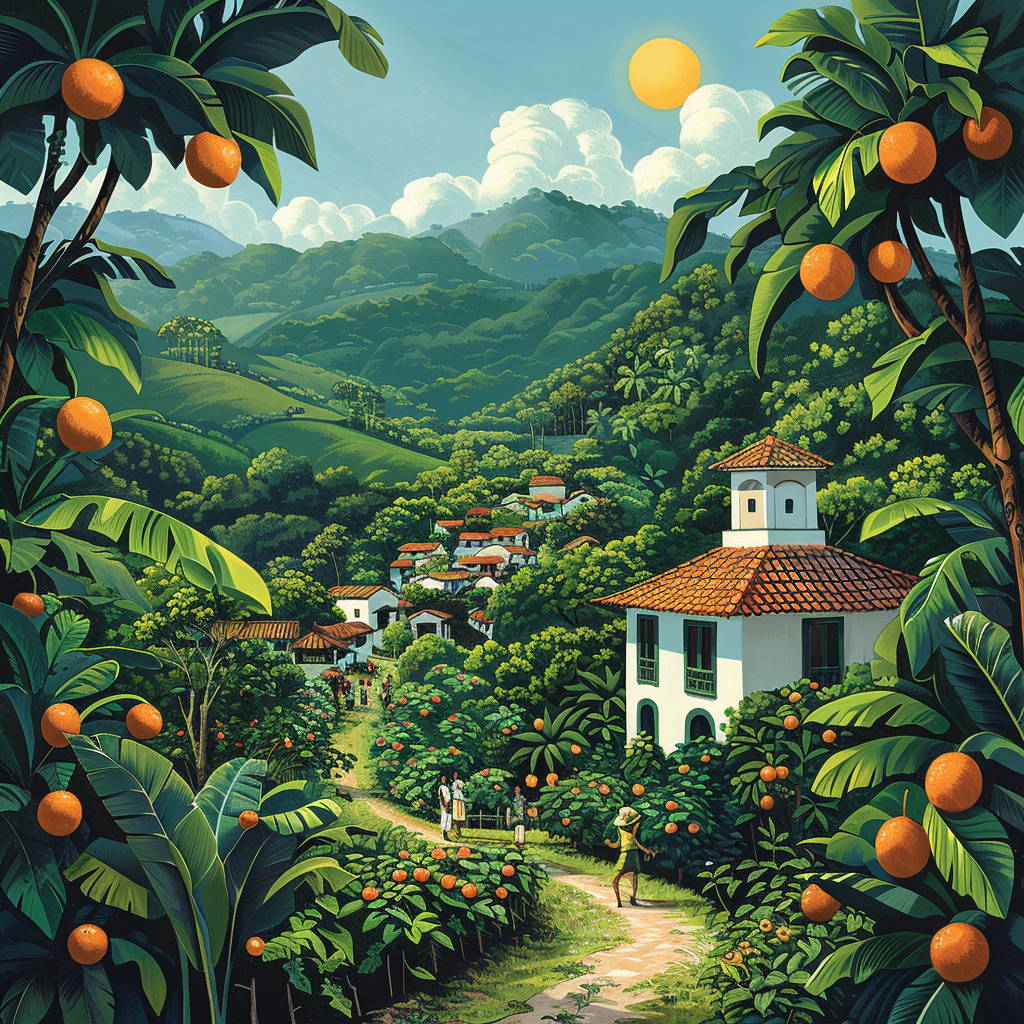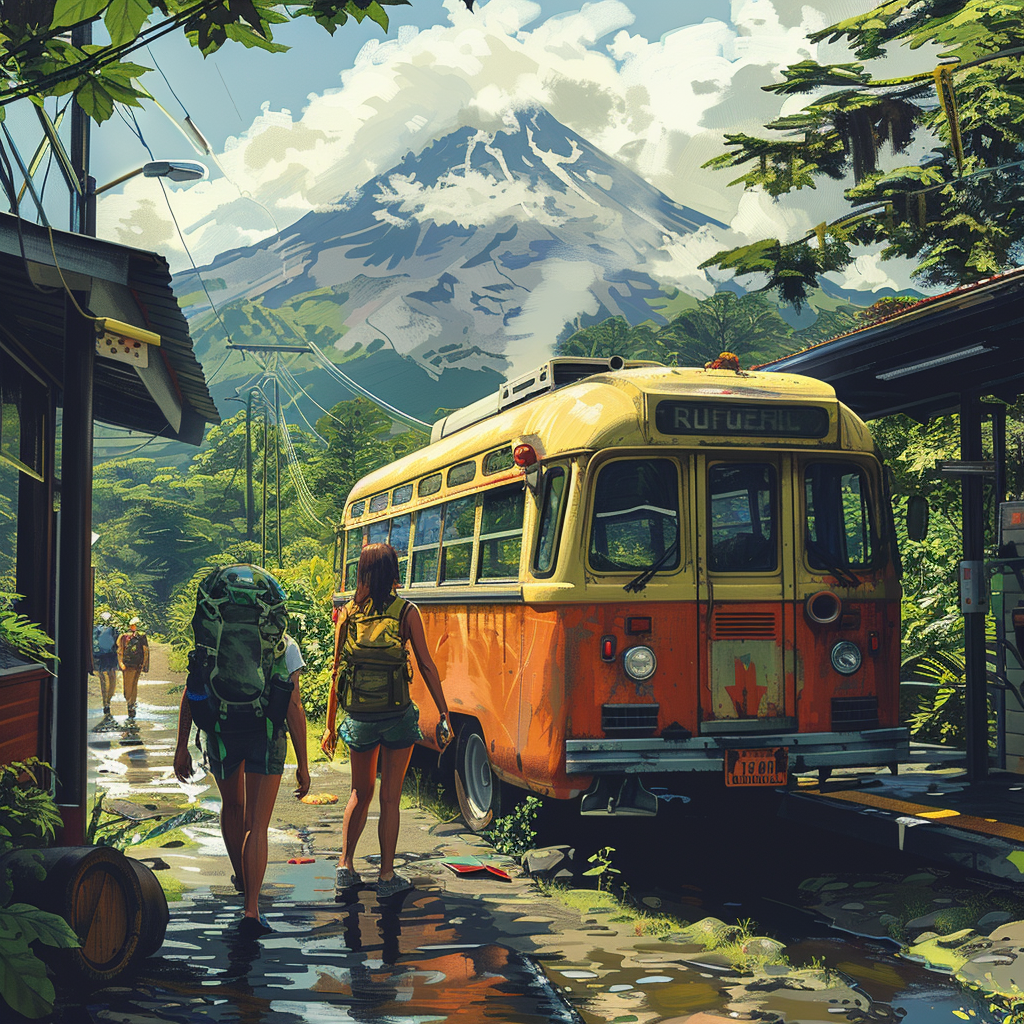
Hidden just beyond Yellowstone's East Entrance lies one of America's best-kept wilderness secrets. While millions of visitors flock to Yellowstone National Park each year, creating traffic jams and crowded trails, a vast, pristine wilderness waits just next door—virtually empty and completely free to explore.
Welcome to Shoshone National Forest, America's first federally protected national forest and Wyoming's ultimate hidden gem that rivals its world-famous neighbor in every way that matters.
America's First and Finest
Established in 1891 under President Benjamin Harrison, Shoshone National Forest holds the distinction of being the very first national forest in the United States. Originally part of the Yellowstone Timberland Reserve, this 2.4-million-acre wilderness predates the creation of the U.S. Forest Service by 14 years—a testament to its extraordinary significance.
The forest spans nearly 2.5 million acres of rugged backcountry, historic areas, and pristine alpine lakes, making it one of the largest protected wilderness areas in the lower 48 states. Named after the Shoshone people who called this region home for thousands of years, the forest preserves not just natural wonders but also rich cultural heritage.
Why Shoshone Rivals Yellowstone
The Wildlife Experience
Shoshone National Forest boasts rugged peaks, grizzly bears, scenic hikes, and a variety of outdoor recreational activities. The forest is home to the same incredible wildlife that makes Yellowstone famous—grizzly bears, black bears, elk, moose, bighorn sheep, mountain goats, and wolves—but without the crowds and human disturbance.
The Absarokas stretch from Livingston, Montana to Dubois, Wyoming and form the eastern border of Yellowstone National Park. The range is well known for its ruggedness and is a great place to see grizzly bears on a long, off-trail expedition. Wildlife viewing opportunities here often surpass those in Yellowstone, as animals behave more naturally without constant human presence.
Spectacular Mountain Ranges
Three magnificent mountain ranges dominate Shoshone's landscape:
- The Absaroka Range: Volcanic peaks stretching along Yellowstone's eastern border, known for their dramatic spires and rich wildlife
- The Wind River Range: Home to Gannett Peak (13,804 feet), Wyoming's highest point, and over 40 glaciers
- The Beartooth Mountains: Ancient Precambrian granite formations with windswept plateaus and rugged cliff faces
Geologists believe that the Beartooths were at one time at least 20,000 feet in altitude, but subsequent erosion for tens of millions of years has reduced them to an average of 12,000 feet for the higher peaks.
The Freedom Factor
What truly sets Shoshone apart from Yellowstone is freedom. Shoshone allows many activities that are completely prohibited in Yellowstone: hunting, the use of motorized off-road vehicles, mountain biking, off-leash dogs, dispersed camping (free of charge), and target shooting.
This means you can:
- Camp anywhere for free (dispersed camping)
- Bring your dog off-leash
- Mountain bike on forest roads and designated trails
- Hunt during appropriate seasons
- Use ATV and snowmobile trails
- Enjoy campfires with fewer restrictions
Unlike Yellowstone National Park, the Shoshone National Forest has fewer restrictions regarding wilderness access. There are no strict driving rules, allowing visitors to blissfully cruise along four scenic byways without encountering traffic jams.
Outdoor Adventures Without the Crowds
Hiking and Backpacking
The Shoshone National Forest offers over 1,300 miles of trails, 32 campgrounds, and 11 picnic sites. The forest's trail system provides everything from easy day hikes to challenging multi-day backpacking adventures.
Popular Trail Highlights:
- Popo Agie Falls Trail: Features a natural waterslide where you can slide into a cool swimming hole below the falls
- Beauty Lake Trail: Access to either Beauty Lake or Becker Lake for alpine fishing and photography
- Four Bear Trail: Prime wildlife viewing with panoramic views of North Fork Shoshone River valley
Scenic Driving
Four scenic byways traverse the Forest, offering spectacular views of rugged mountain peaks, expansive plateaus awash in wildflowers, glaciers, rivers and streams, and unparalleled wildlife watching.
The crown jewel is the Buffalo Bill Cody Scenic Byway, which runs from Cody through the Wapiti Valley to Yellowstone's East Entrance, showcasing the forest's most stunning landscapes.
Rich History and Heritage
Indigenous Legacy
The forest is named after the Shoshone people who have called this area of northwestern Wyoming home for thousands of years. Tribes that have inhabited the lands, include the Crow, Shoshone and Bannock, who once thrived and roamed these lands, relying on the abundant wildlife and pristine waters for sustenance.
Historic Landmarks
- Wapiti Ranger Station: The first ranger station constructed in the U.S. under the federal budget back in 1903
- Beartooth Scenic Byway: A National Historic Landmark built during the 1930s mining boom
- Ghost town of Kirwin: Remnants of early mining operations
- Tie hack flumes and cabins: Evidence of the railroad tie industry
The Greater Yellowstone Connection
As part of the 10-million-acre Greater Yellowstone Ecosystem, it shares geological and ecological features with the Yellowstone National Park—the volcanic landscape and wildlife, minus the active geysers. This means you get all the natural wonders of Yellowstone—the same geological formations, the same wildlife populations, the same stunning alpine scenery—without the crowds, entrance fees, or restrictions.
When to Visit
Summer (June-August)
The best time to visit Shoshone National Forest is during summer due to the warm temperatures and full trail access. It's the busiest season in the national forest, particularly July, but it's still minimal compared to the millions of summer visitors in Yellowstone.
Spring and Fall
Spring and fall are also amazing due to snowmelt and foliage scenes. However, bookending the harsh winter in the region, spring and fall in the Shoshone National Forest present cooler and more unpredictable weather patterns.
Winter
Winter transforms Shoshone into a snowy wonderland perfect for cross-country skiing, snowshoeing, and winter wildlife viewing. Some trails remain open, and people still brave the cold to enjoy winter wildlife viewing, cross-country skiing, and snowshoeing.
Gateway Towns
Cody: Home to the Buffalo Bill Center of the West and authentic Western heritage Dubois: Small mountain town with stunning Wind River Range access Lander: Gateway to the southern portion of the forest Meeteetse: Historic ranching community
The Glacial Wilderness
One of Shoshone's most remarkable features is its extensive glacial system. Forty-four of these glaciers are in the Fitzpatrick Wilderness, centered around the highest mountain peaks. These glaciers feed crystal-clear streams and alpine lakes, creating some of the most pristine water sources in North America.
A Photographer's Paradise
From dense concentrations of wildlife, including grizzly bears, grey wolves, moose, elk, and bison to towering granite spires and mirror-like alpine lakes, Shoshone offers endless photography opportunities. The dramatic lighting on volcanic peaks during sunrise and sunset creates scenes that rival anything found in more famous parks.
Conservation and Wilderness Protection
Today, the 2.4-million-acre Shoshone National Forest manages national forest system lands from the Montana border to South Pass across the eastern slope of the Wind River Range. With over half (1.3-million-acres) of the forest being comprised of five different federally designated wilderness areas.
This extensive wilderness protection ensures that future generations will experience the same untamed beauty that has existed here for millennia.
The Bottom Line
Wyoming's Shoshone National Forest is such a hidden gem for adventure seekers. And it's tucked in plain sight next to its rival, Yellowstone National Park. Aside from its competitive sights, Shoshone is also affordable, accessible by car, more flexible, quiet, and less complicated when it comes to activity permits and regulations.
While Yellowstone will always hold its place as America's first national park, Shoshone National Forest offers something increasingly rare in our modern world: true wilderness solitude combined with world-class natural beauty. Whether you're seeking grizzly bear encounters, alpine adventures, or simply the peace that comes from being alone in vast, untamed country, Shoshone delivers an experience that not only rivals Yellowstone but surpasses it in many ways.
The secret is out—but it's still yours to discover.
Plan your visit to Shoshone National Forest through the U.S. Forest Service website. Remember to practice Leave No Trace principles and check current conditions before heading into the backcountry.





